Three days in Bad Schandau and one firm goal: We are going to go hiking despite the temperature being 30 degrees! After we dropped off the bags in the hotel on the day of our arrival we grabbed our cameras and some water and began to explore our surroundings.
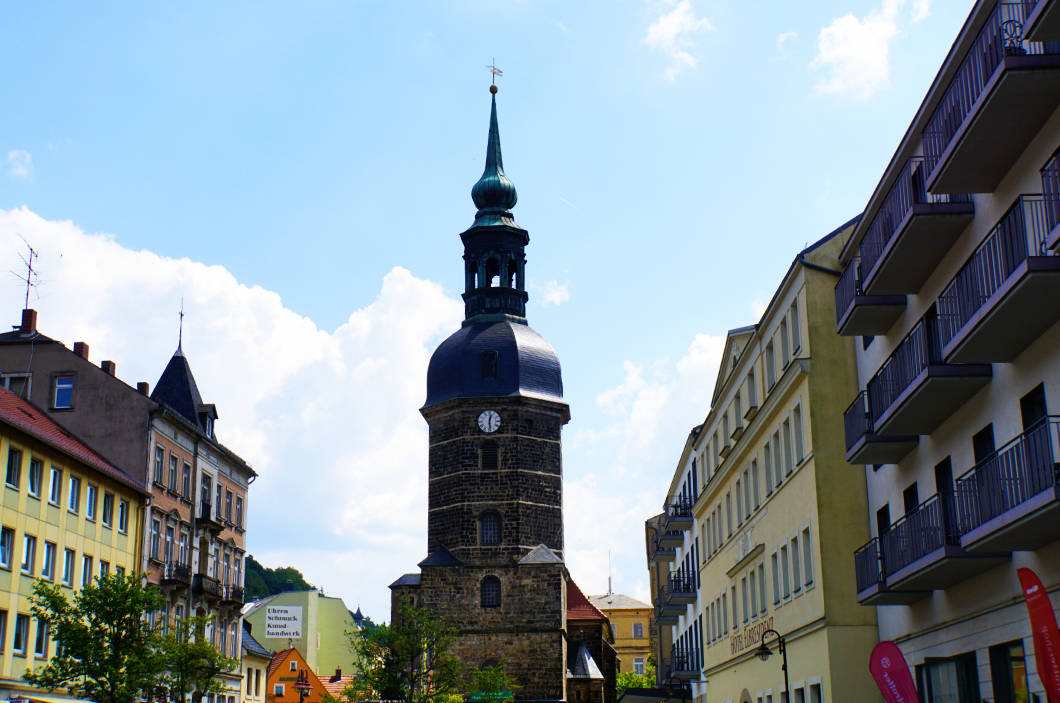
A short hike to get started
A path that started near our hotel led us through the spa garden of the town. There are basins for Kneipp water treading and we made use of those to cool down a little. The basins are fed by the river Kirnitzsch and they were really cold. After two rounds through the basin, I had ice cold legs. Luckily, it didn’t take long at all to warm them up again.

After passing the Kirnitzschtal Klinik we decided to take a path up the Ostrauer mountain. Fortunately for us, the path was in the shade but it was a very steep climb up to Ostrau. The path runs next to some fields from where we had a glorious view of the Schrammsteine (Schramm Stones). I could have stood there for ages. As soon as the light changes only the smallest bit the rocks look entirely different again. It was an absolute dream!
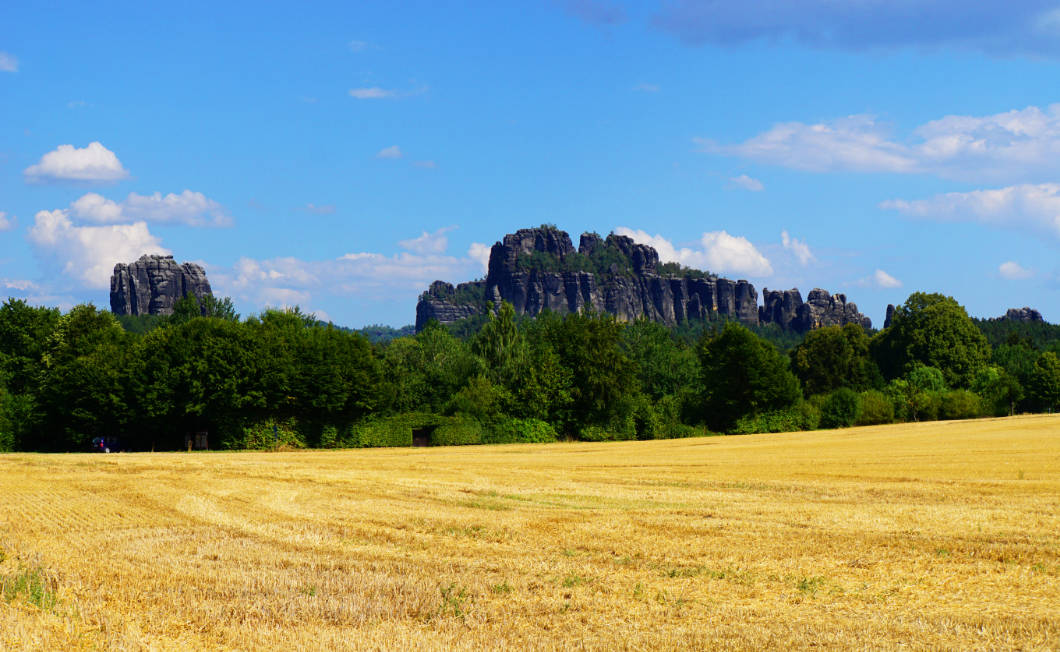
We continue through Ostrau, we pass the historic Sending mansions and reach the bobcat enclosure.

This is where the historic Bad Schandau lift is. There is a free-standing tower, 50 meters in height, across a steel bridge near the upper terminus. The view of Bad Schandau from the bridge is very lovely, too.
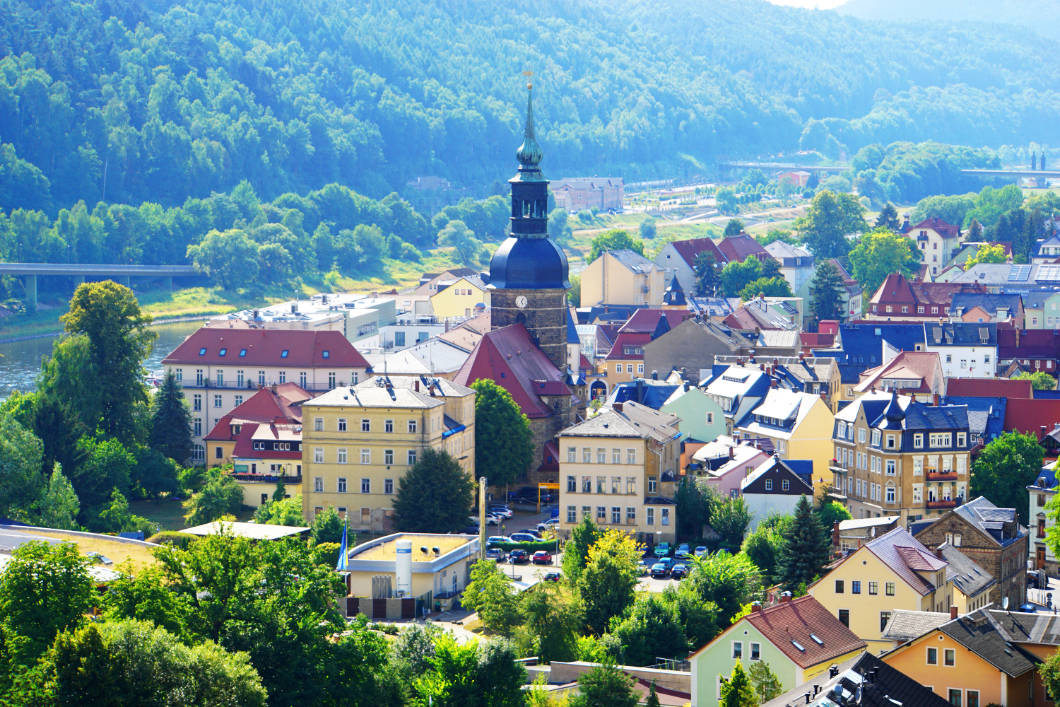
The elevator takes people back down into the valley in seconds. (Single ticket for adults: 1.80€ – it gets cheaper with a tourist card!)
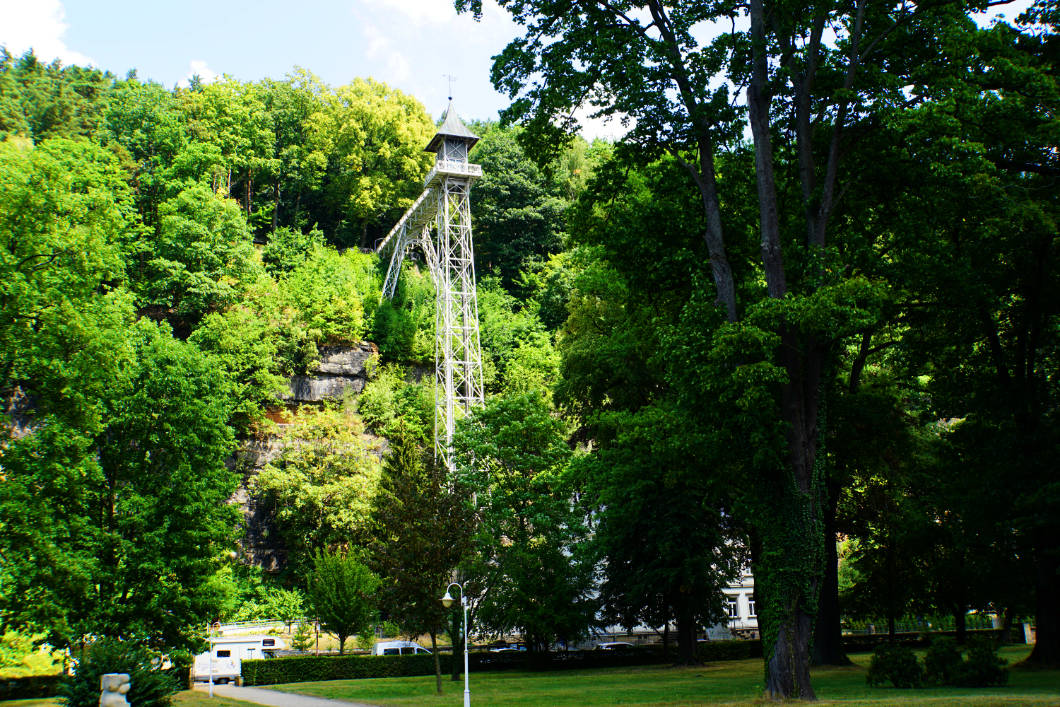
Another short walk took us back to the hotel.
Half day tour from Bad Schandau
On the next day, we start a tour that, at least in the beginning, was very relaxing. We take the Kirnitzschtalbahn (Kirnitzsch valley train) from Bad Schandau to the terminus at the Lichtenhainer waterfall.
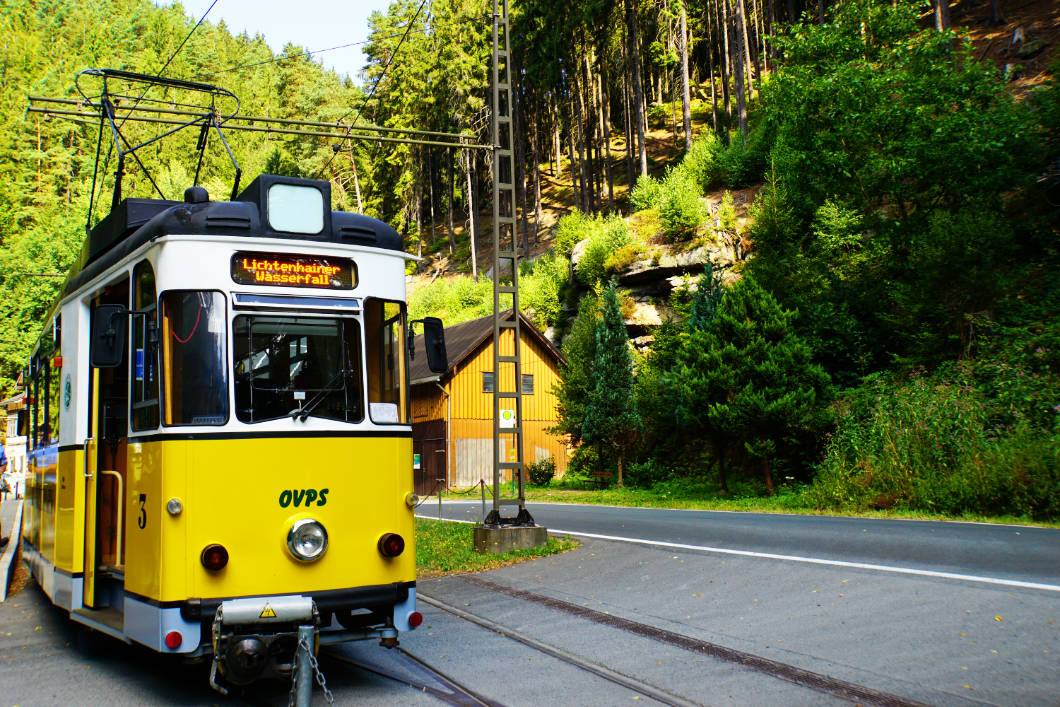
The Kirnitzschtalbahn has been in operation on this route for 120 years. It passes rocks and rifts, dense forests, and it always follows the small river. There are 9 stops in total and hiking trails into Saxon Switzerland start at each of the stops. A single ticket for adults costs 5€. Tickets are sold by the conductor after boarding the train.
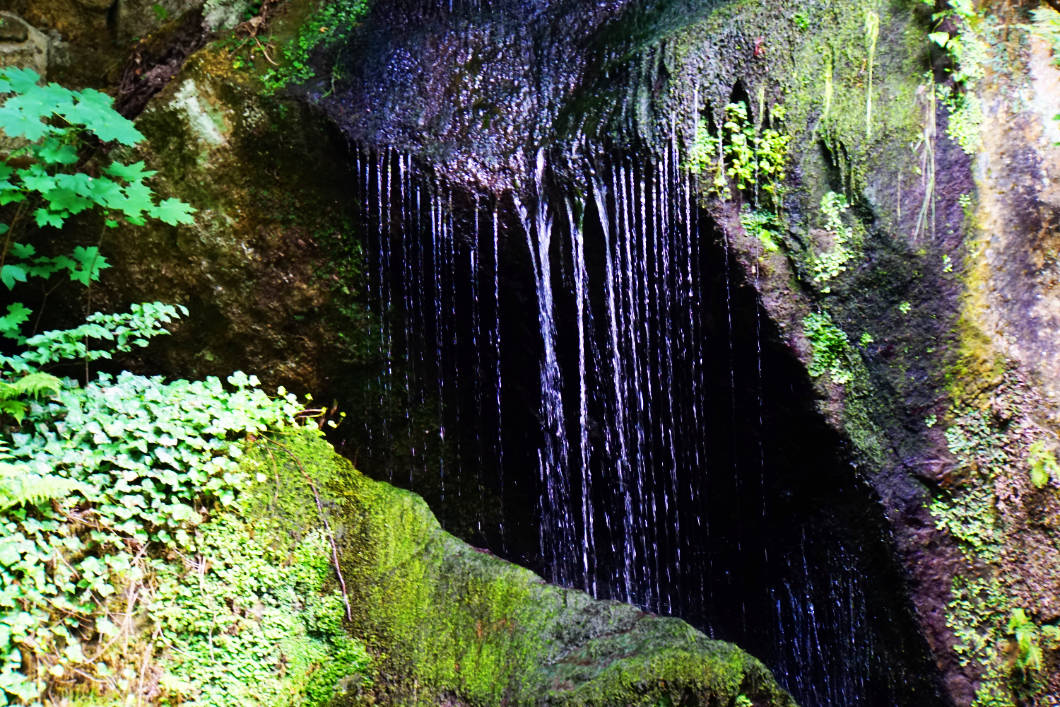
We took the train all the way to the terminus. There is a waterfall there that we wanted to have a look at. The Lichtenhainer waterfall is an artificial waterfall, built especially for tourists. A reservoir was constructed in 1830. Every half hour the gates are opened and the water falls down the cliff.
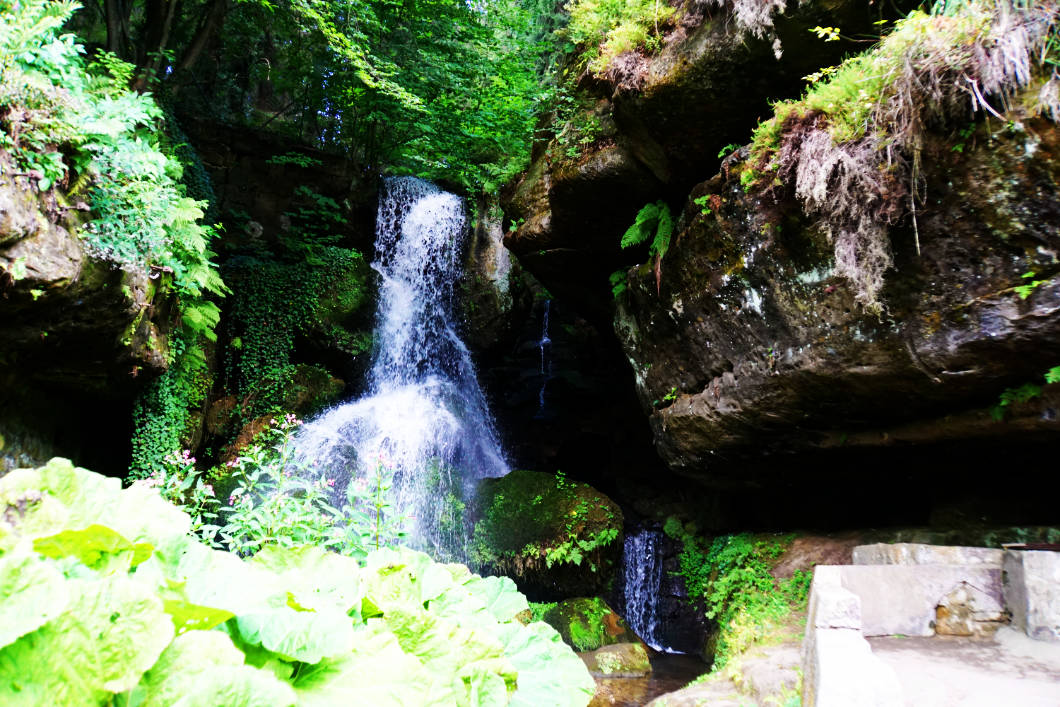
We wait for the great show to begin. Apparently, there is music when the water flows down from the reservoir. The music begins and after only some notes stops again. And then comes the water. Or it was supposed to. There is some water but due to very little rain in the last couple of months, the reservoir is almost empty. It is a very short event and the amount of water that actually falls is very little. I was disappointed. Good that we didn’t come here to see waterfalls. We came here to hike.
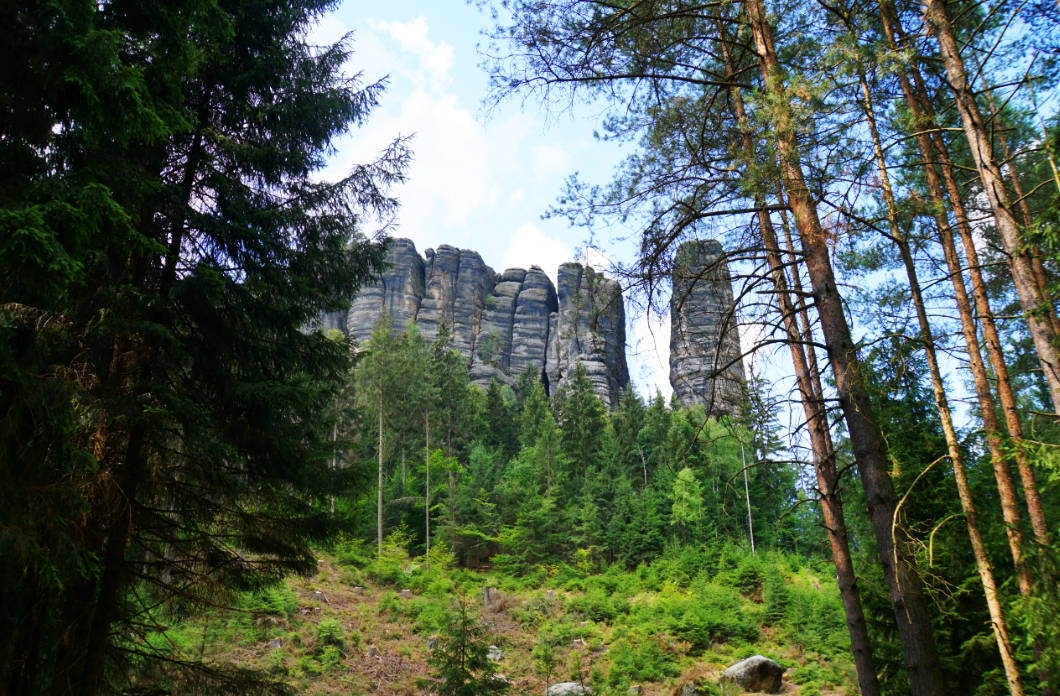
The tour we had planned led us from the train station Beuthenfall (one stop before the terminus, we walked back on the road) up to the National Park. Equipped with a map and in high spirits, we set off at a leisurely pace. Hiking for enjoyment is what’s on. We don’t have to do big miles, we are here to enjoy nature. We want to snap pictures and have fun.
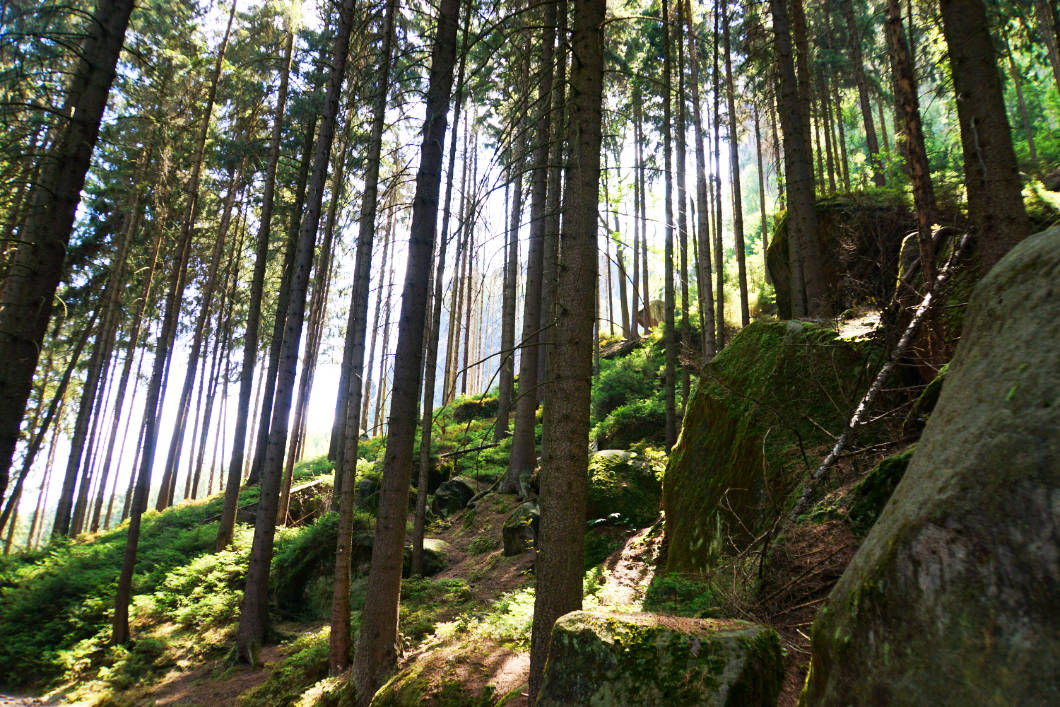
To be honest, I can’t really reconstruct where exactly we walked. What is certain is that we were at Affensteinen (Monkey Rocks) and at Frienstein and that we walked up and down a lot.
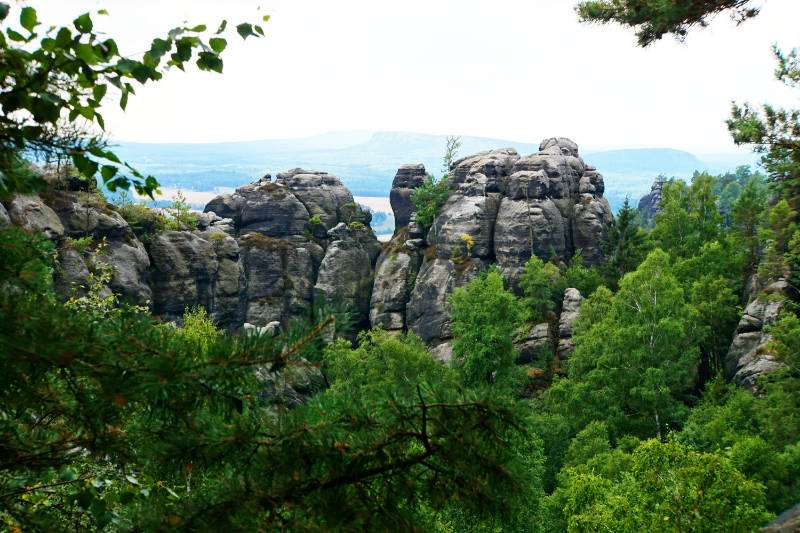
It was absolutely wonderful. We enjoyed the views and we met several nice hikers who helped us with reading the map correctly. Thanks to a hiking mother with her singing kids, we had a song stuck in our heads for the rest of the hike (a German song about a tailor catching a mouse). We ate wild raspberries and had lunch on a rock without any cell phone reception but with a stunning view of the valley.
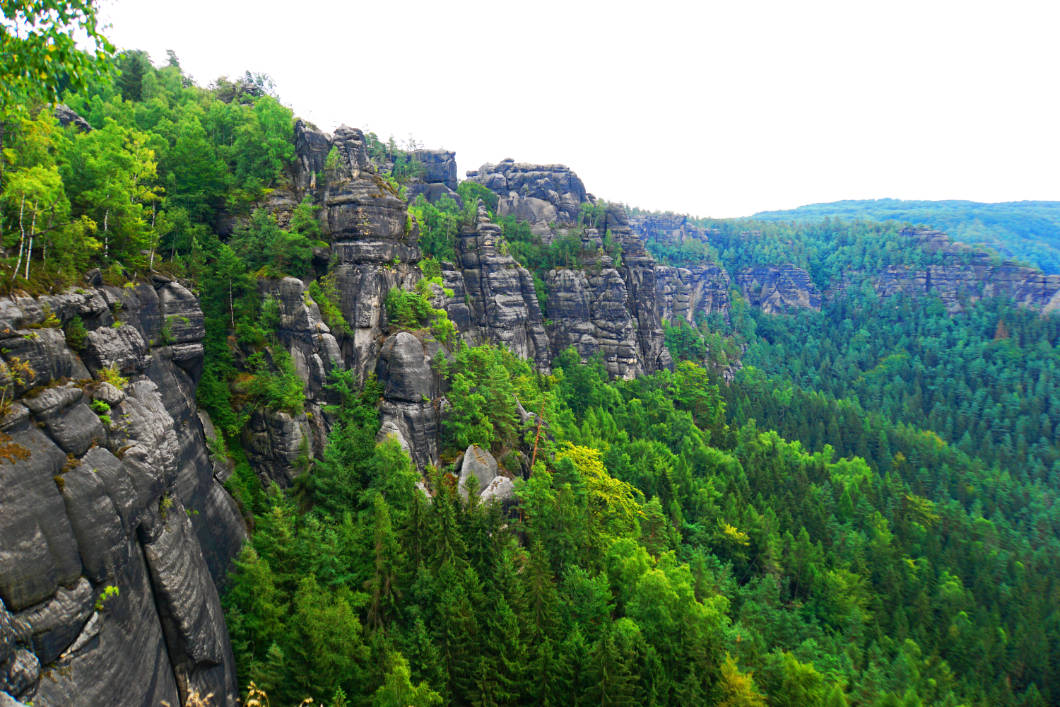
What more could one want?
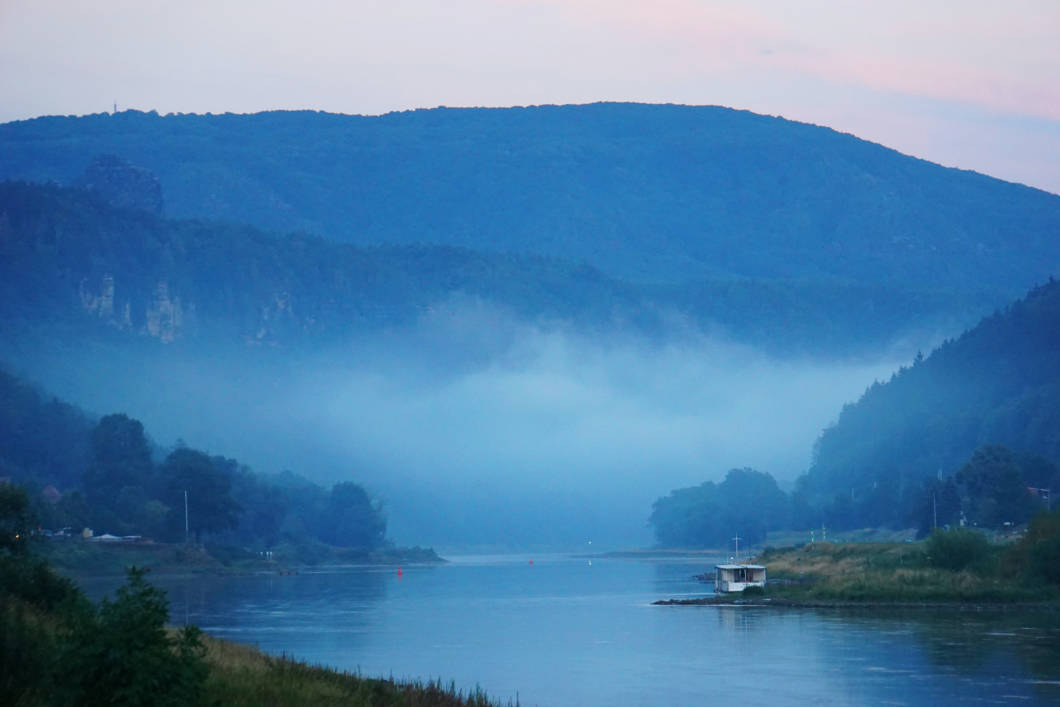
We ended our tour in Schmilka. After we finished our tasty ice cream, we took the hiker bus (free with a tourist card) back to Bad Schandau.
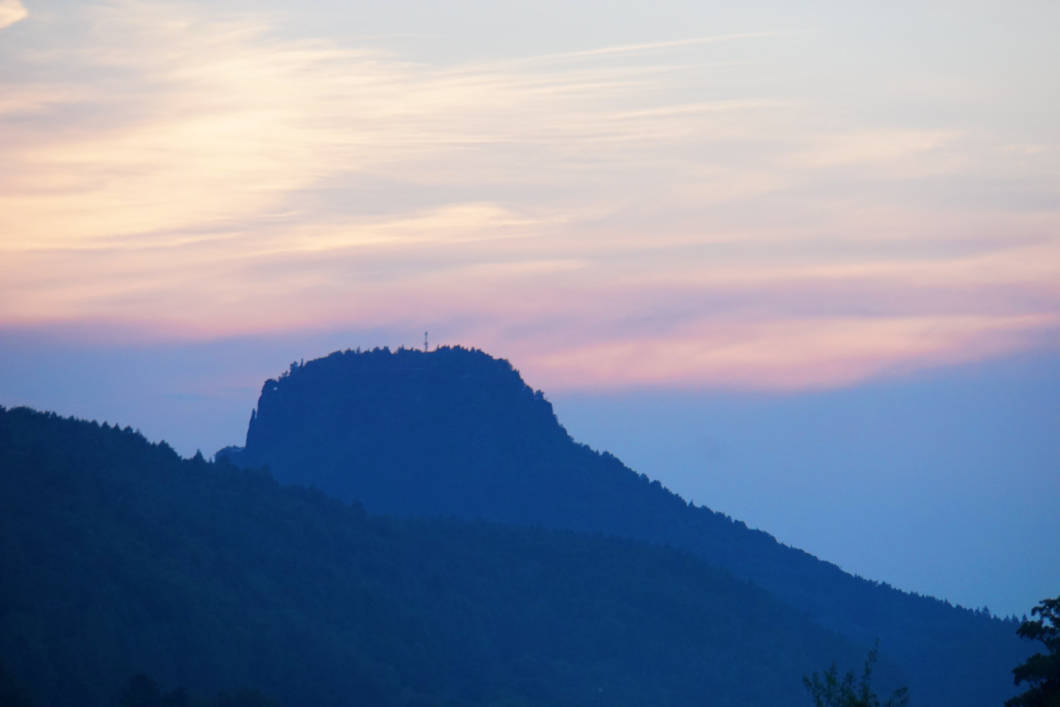
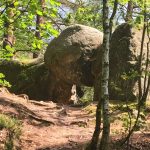
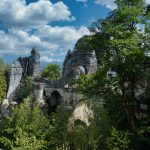
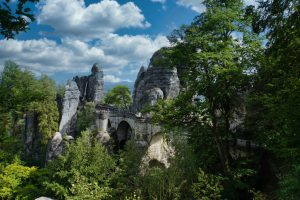
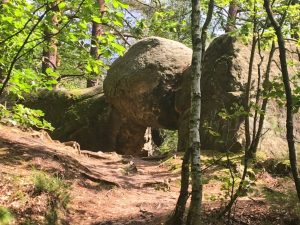
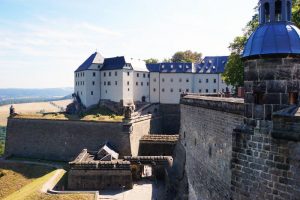
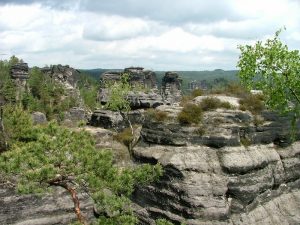
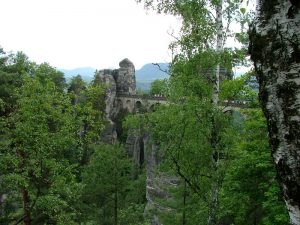
Leave a Reply